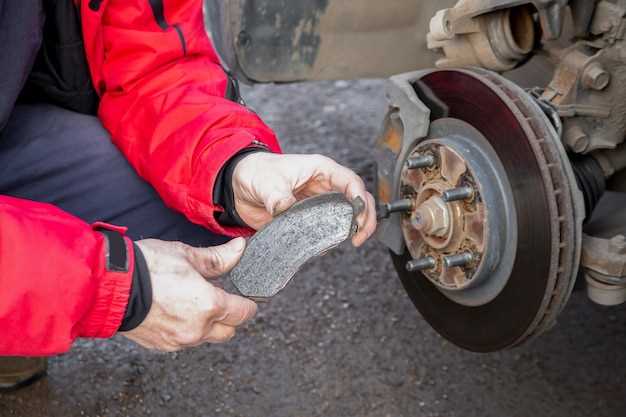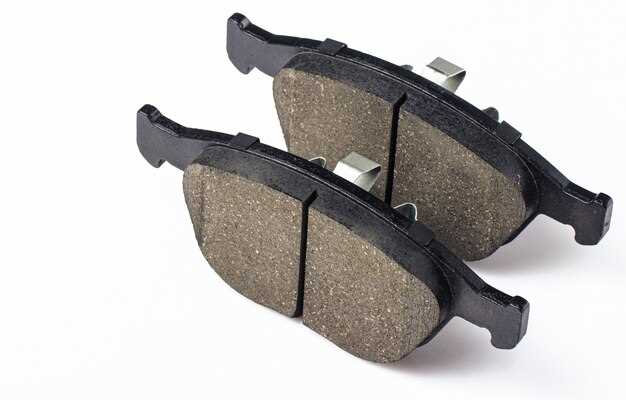
Your vehicle’s braking system is one of the most critical components for ensuring safety on the road. The brake pads play a vital role in this system, as they create the friction needed to slow down or stop your car. However, over time, these pads can wear down, leading to potential hazards if not addressed promptly. Regular maintenance and awareness of warning signs can help you determine when it’s time for a replacement.
It’s essential to stay vigilant for various warning signs indicating that your brake pads may be nearing their end of life. Ignoring these signs can lead to decreased braking performance, increased stopping distances, or even damage to other components of your braking system. Paying attention to how your brakes feel and sound can help you make informed decisions and ensure your safety while driving.
In this article, we will explore several key indicators that suggest it may be time to replace your brake pads. From unusual noises to poor response when braking, recognizing these signs early can save you time and money, as well as keep you safer on the road.
Squeaking or Squealing Noises When Braking

Hearing squeaking or squealing noises when you apply the brakes is a common warning sign that your brake pads may need replacement soon. These sounds often indicate that the friction material on your pads is wearing thin, which can compromise braking efficiency.
As brake pads wear down over time, built-in indicators called wear bars create a high-pitched noise to alert you. Ignoring these noises can lead to more serious damage, such as rotor wear or reduced stopping power, making it crucial to address this issue promptly.
If you experience these sounds, it’s advisable to have your braking system inspected by a professional technician. Replacing the brake pads in a timely manner ensures optimal performance and safety on the road.
Dashboard Warning Lights Indicating Brake Issues

Dashboard warning lights play a crucial role in alerting drivers to potential problems with their vehicle. When it comes to brake systems, several signs may indicate issues with your brake pads. Recognizing these warning lights is essential for maintaining safety on the road.
ABS Light: The Anti-lock Braking System (ABS) warning light illuminates when there’s a malfunction in the ABS. This could indicate a problem with the brake pads, particularly if they are worn down, affecting overall braking performance.
Brake Warning Light: This light, shaped like an exclamation mark within a circle, should never be ignored. It usually means the brake fluid is low or that the brake pads are excessively worn. If this light activates, it’s crucial to inspect your brake system immediately.
Traction Control Light: If the traction control warning light activates alongside a decline in brake performance, it could suggest that your brake pads are struggling. These lights work together to enhance vehicle stability, and a failure in the braking system can manifest in this warning.
Maintenance Light: Some vehicles have a maintenance light that may suggest general vehicle upkeep, including brake system checks. If your brake pads are due for replacement, this light may serve as a helpful reminder to address their condition.
In summary, it’s vital to pay attention to any warning lights related to the brakes. Ignoring these signs can lead to serious safety issues. Regular maintenance and prompt attention to warning signals can ensure your brake pads remain in optimal condition, protecting you and your passengers.
Vibration or Pulling Sensation When Braking
Experiencing vibrations or a pulling sensation when you apply the brakes can be significant warning signs that your brake pads may need replacement. These symptoms indicate underlying issues that should not be ignored.
When you feel vibrations, it usually suggests that the brake pads are unevenly worn or that there may be an issue with the brake rotors. Symptoms like these can compromise your vehicle’s safety and increase stopping distances.
If you notice your vehicle pulling to one side while braking, it could be due to one of several potential problems:
- Uneven Brake Pad Wear: When brake pads wear unevenly, the braking force is not evenly distributed, causing the vehicle to pull to one side.
- Brake Rotor Problems: Warped or damaged rotors can lead to vibrations when braking and can affect how evenly the brakes engage.
- Brake Fluid Issues: Low or contaminated brake fluid can create inconsistent brake pressure, leading to a pulling sensation.
Continued driving with these warning signs can lead to more severe issues, such as decreased braking efficiency or increased wear on other brake components. It is advisable to have your braking system inspected by a professional as soon as you notice these signs.
To summarize, if you feel vibrations or your vehicle pulls to one side when braking, it is essential to address the issue promptly to ensure your safety on the road.
